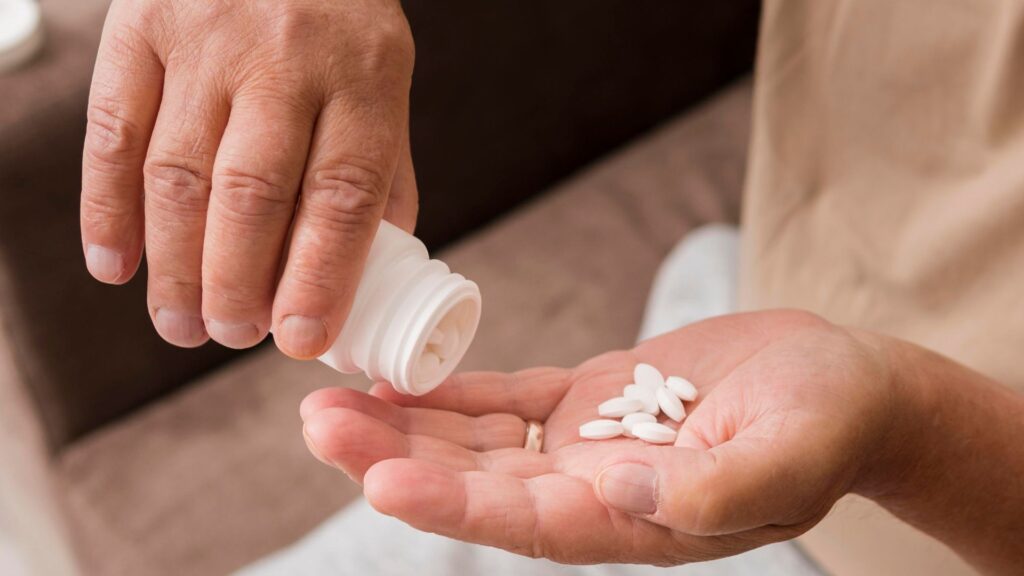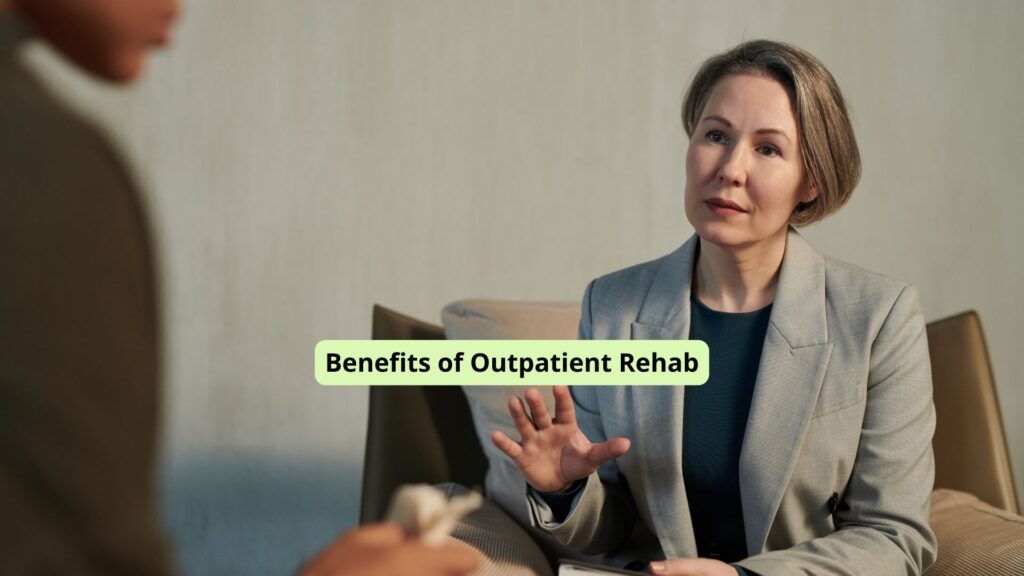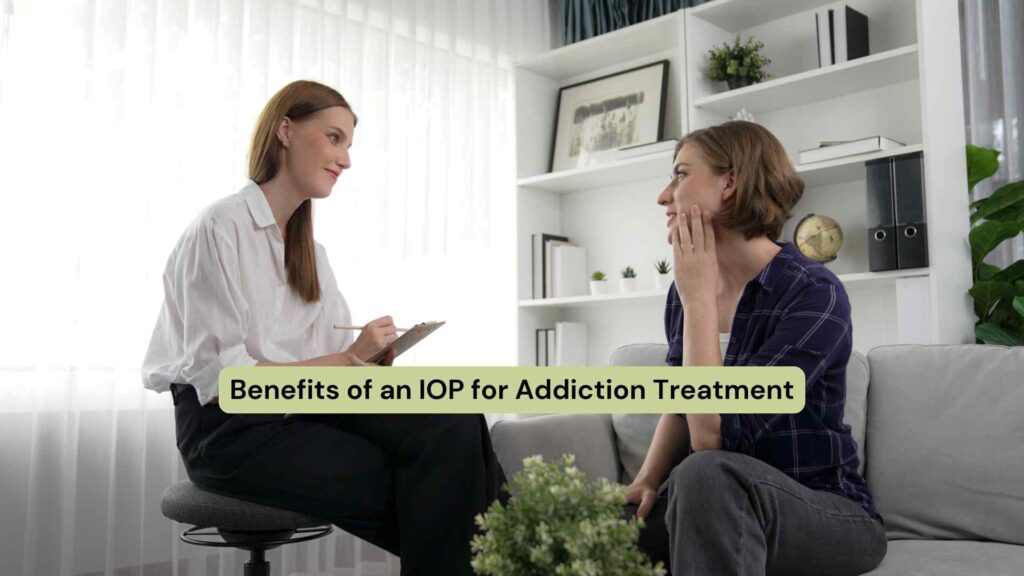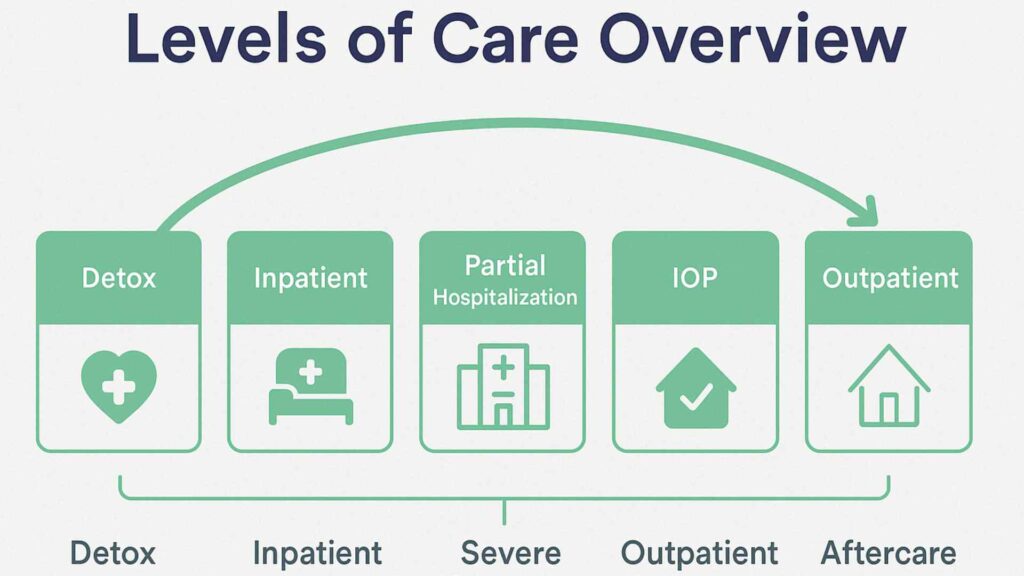Relapse is a common and well-documented challenge in addiction recovery, with studies showing that 40–60% of individuals treated for substance use disorders will experience at least one relapse. Addiction is now understood as a chronic, relapsing brain disorder, making long-term management strategies essential for sustained recovery
In this article, we will explain what a relapse prevention plan is and how it can provide you with practical coping strategies for your healing.
What is a Relapse Prevention Plan?
A relapse prevention plan is a written, individualized strategy developed collaboratively by a person in recovery and their treatment team. Its purpose is to provide clear guidance for recognizing and responding to triggers, cravings, and challenging situations that may arise during the recovery journey.
The plan typically includes an assessment of personal risk factors, coping mechanisms, emergency contacts, and specific action steps for high-risk scenarios. Having a well-defined plan increases self-efficacy, empowers individuals to manage setbacks, and improves long-term recovery outcomes.
Our Relapse Prevention Program in Toledo, OH helps you build a personalized plan, whether you are someone who has experienced a relapse or simply wants to stay ahead of your progress.
The Three Stages of Relapse
Relapse is best understood as a gradual process rather than a single event, typically unfolding in three stages: emotional, mental, and physical.
Emotional Relapse
In this initial stage, individuals are not actively thinking about using addictive substances, but their emotions and behaviors set the stage for future relapse. Signs include bottling up emotions, isolating from support networks, neglecting self-care, and experiencing mood swings or anxiety. Poor self-care is a key risk factor at this stage.
Mental Relapse
During mental relapse, an internal struggle develops. Part of the individual wants to use again, while another part wants to remain sober. Cravings intensify, and thoughts of past substance use or fantasizing about using may occur. Warning signs include romanticizing previous use, bargaining, and seeking opportunities to relapse.
Physical Relapse
This final stage is when the individual physically returns to substance use, whether as a single lapse or a full return to previous patterns. Early intervention in the emotional and mental stages is crucial to prevent reaching this point.
Characteristics of an Effective Relapse Prevention Plan
An effective relapse prevention plan is comprehensive, practical, and tailored to the individual’s unique needs. Key characteristics include:
- Identification of Triggers: The plan should help individuals recognize both internal (emotions, stress) and external (people, places, situations) triggers that increase relapse risk.
- Coping Strategies: It should outline specific, evidence-based coping mechanisms for managing cravings and high-risk situations, such as mindfulness, exercise, or reaching out to support networks.
- Support Network: The plan must include a list of trusted contacts—family, friends, sponsors, or professionals—who can provide immediate support and accountability.
- Goal Setting: Clear, achievable short-term and long-term recovery goals help maintain motivation and direction.
- Lifestyle Modifications: Recommendations for healthy routines, such as regular exercise, balanced nutrition, and adequate sleep, support overall well-being and resilience.
- Flexibility: The plan should be regularly reviewed and updated to reflect changes in circumstances or progress in recovery.
- Emergency Procedures: Clear steps for what to do in the event of a lapse or relapse, including who to contact and how to re-engage with treatment, are essential for rapid response.

How to Build Your Personal Plan
Building an effective relapse prevention plan involves several key steps:
Assess Your History
Reflect on past substance use, previous relapses, and situations that led to cravings or setbacks. Identify patterns and high-risk scenarios unique to your experience.
Identify Triggers and Warning Signs
List specific triggers—such as stress, conflict, certain environments, or emotional states—and early warning signs like changes in mood, sleep, or social withdrawal.
Develop Coping Strategies
Choose realistic, evidence-based strategies that have worked for you or are supported by your treatment team. These may include mindfulness, exercise, attending support groups, or contacting a sponsor.
Build a Support Network
Establish connections with family, friends, recovery peers, and professionals who can offer support and accountability during challenging times.
Set Achievable Goals
Define clear, measurable goals for both the short and long term, such as attending weekly meetings or maintaining a healthy lifestyle.
Plan for High-Risk Situations
Anticipate scenarios that may increase relapse risk and outline specific actions to take, such as leaving a triggering environment or calling a support person.
Document Emergency Procedures
Create a step-by-step action plan for what to do if a lapse or relapse occurs, including emergency contacts and how to quickly access professional help.
Review and Update Regularly
Periodically revisit your plan with your treatment team to ensure it remains relevant and effective as your recovery progresses.
Final Thoughts From Abundance Treatment
Relapse prevention planning is a critical component of long-term recovery from addiction. By proactively identifying triggers, developing coping strategies, and building a strong support network, individuals can significantly reduce their risk of relapse and maintain progress toward lasting sobriety.
At Abundance Treatment, located in Toledo, Ohio, our dedicated team of addiction specialists works closely with both adults and adolescents to develop personalized relapse prevention strategies tailored to each individual’s unique needs.





































